The Importance of Information Flow Relevant to Sustainable Forestry and the European Green Deal: The Case of Poland
Abstract
1. Introduction
1.1. European Sustainable Forestry
1.2. Reporting and Statistics as Mandatory Tools for Information Disclosure
- Understandability for users;
- Usefulness and materiality for users in decision making;
- Reliability;
- Comparability.
- Publications of the Central Statistical Office (CSO);
- Studies by central government agencies as well as local research institutes;
- Laws and regulations;
- Expert opinions.
2. Materials and Methods
- Employment at SF;
- SF assets (land, forest resources);
- SF revenues (from primary, secondary, and additional activities);
- SF costs (administrative activities—from primary activities);
- Forest tax;
- Costs of secondary activities;
- Costs of additional activities;
- Living costs;
- Wages at SF;
- Financial result (profit, loss);
- Forest fund;
- Changes in the state of SF assets;
- Procurement and sale of timber;
- Promotion and international cooperation.
- Section I. Forest resources of all forms of ownership;
- Section I. Forest resources managed by SF;
- Section I. Forest resources in private forests;
- Section II. Forest management and afforestation—cultivation and forest protection;
- Section II. Afforestation and forest resources;
- Section III. Economic utilization of forests—timber harvesting;
- Section IV. Threats to and protection of the forest environment;
- Section V. Hunting;
- Section VI. Employment and wages in forestry—workers (labor costs);
- Section VI. Working conditions (hazardous conditions, accidents);
- Section VI. Forestry and vocational education;
- Section VII. Economic aspects of forestry—global production;
- Section VII. Service enterprises in forestry;
- Section VII. Export and import of forestry products;
- Section VII. Fixed assets in forestry (state and depreciation);
- Section VIII. International comparisons;
- Section IX. SF activities—list of forest districts;
- Section IX. Forest Promotional Complexes;
- Section IX. Facilities and forms of forestry education;
- Section IX. Expenditure on forestry education.
3. Results and Discussion
Results of the Survey Conducted in Poland
4. Conclusions
Author Contributions
Funding
Institutional Review Board Statement
Informed Consent Statement
Data Availability Statement
Conflicts of Interest
References
- Stiglitz, J.E.; Sen, A.; Fitoussi, J.P. Report by the Commission on the Measurement of Economic Performance and Social Progress. 2009. Available online: https://www.cbs.nl/-/media/imported/documents/2011/36/stiglitzsenfitoussireport_2009.pdf (accessed on 28 March 2025).
- Martinho, V.J.P.D.; Ferreira, A.J.D. Forest Resources Management and Sustainability: The Specific Case of European Union Countries. Sustainability 2021, 13, 58. [Google Scholar] [CrossRef]
- Firoiu, D.; Ionescu, G.H.; Cismaș, L.M.; Vochița, L.; Cojocaru, T.M.; Bratu, R.-Ș. Can Europe Reach Its Environmental Sustainability Targets by 2030? A Critical Mid-Term Assessment of the Implementation of the 2030 Agenda. Sustainability 2023, 15, 16650. [Google Scholar] [CrossRef]
- Svazas, M.; Navickas, V.; Krajnakova, E.; Nakonieczny, J. Sustainable supply chain of the biomass cluster as a factor for preservation and enhancement of forests. J. Int. Stud. 2019, 12, 309–321. [Google Scholar] [CrossRef]
- Monteiro, P.; Pereira, R.; Nunes, R.; Reis, A.; Pinto, T. Context-Aware System for Information Flow Management in Factories of the Future. Appl. Sci. 2024, 14, 3907. [Google Scholar] [CrossRef]
- Sadowska, B. Relevant information from the perspective of sustainable forest management–auditing socio-environmental information and data. Zesz. Teoretyczne Rachun. 2024, 48, 233–262. [Google Scholar] [CrossRef]
- Gluck, M. Exploring the relationship between user satisfaction and relevance in information systems. Inf. Process. Manag. 1996, 32, 89–104. [Google Scholar] [CrossRef]
- Available online: https://commission.europa.eu/strategy-and-policy/priorities-2019-2024/european-green-deal/delivering-european-green-deal_pl (accessed on 7 December 2024).
- Giełda-Pinas, K.; Starosta-Grala, M.; Wieruszewski, M.; Dynowska, J.; Molińska-Glura, M.; Adamowicz, K. Modeling the Effects of Strict Protection of Forest Areas—Part of the Provisions of the EU Biodiversity Strategy 2030. Sustainability 2025, 17, 737. [Google Scholar] [CrossRef]
- Fasolo, E.; Prehofer, C.; Rossi, M.; Wei, Q.; Widmer, J.; Zanella, A.; Zorzi, M. Challenges and new approaches for efficient data gathering and dissemination in pervasive wireless networks. In Proceedings of the First International Conference on Integrated Internet Ad Hoc and Sensor Networks, Nice, France, 30–31 May 2006; pp. 25–es. [Google Scholar] [CrossRef]
- Tompkins, E.L.; Adger, N.W. Building Resilience to Climate Change Through Adaptive Management of Natural Resources; Tyndall Centre Working Paper No. 27; Tyndall Centre for Climate Change Research: Norwich, UK, 2003. [Google Scholar]
- Hickey, G.M.; Innes, J.L.; Kozak, R.A. Monitoring and information reporting for sustainable forest management: A regional comparison of forestry stakeholder perceptions. J. Environ. Manag. 2007, 84, 572–585. [Google Scholar] [CrossRef]
- Gordeeva, E.; Weber, N.; Wolfslehner, B. The New EU Forest Strategy for 2030—An Analysis of Major Interests. Forests 2022, 13, 1503. [Google Scholar] [CrossRef]
- Verschuuren, J. Achieving agricultural greenhouse gas emission reductions in the EU post-2030: What options do we have? Rev. Eur. Comp. Int. Environ. Law 2022, 31, 246–257. [Google Scholar] [CrossRef]
- Nunes, L.J.R.; Meireles, C.I.R.; Pinto Gomes, C.J.; Almeida Ribeiro, N.M.C. Forest Contribution to Climate Change Mitigation: Management Oriented to Carbon Capture and Storage. Climate 2020, 8, 21. [Google Scholar] [CrossRef]
- Wolf, S.; Teitge, J.; Mielke, J.; Schütze, F.; Jaeger, C. The European Green Deal—More than climate neutrality. Intereconomics 2021, 56, 99–107. [Google Scholar] [CrossRef] [PubMed]
- Strengers, B.; Elzenga, H. Report on a search for shared facts and views. In Availability and Applications of Sustainable Biomass; Policy Brief for PBL Netherlands Environmental Assessment Agency: The Hague, The Netherlands, 2020. [Google Scholar]
- Brożek, J.; Kożuch, A.; Wieruszewski, M.; Adamowicz, K. Verification of the Assumptions of the Polish State Forest Policy in the Context of the New EU Forest Strategy 2030. Sustainability 2025, 17, 2398. [Google Scholar] [CrossRef]
- Eckert, E.; Kovalevska, O. Sustainability in the European Union: Analyzing the Discourse of the European Green Deal. J. Risk Financial Manag. 2021, 14, 80. [Google Scholar] [CrossRef]
- Nowak, Z. The European Green Deal—On the road to the EU’s climate neutrality. Biuletyn Pism 2021, 66, 2264. [Google Scholar]
- Haas, T.; Syrovatka, F.; Jürgen, I. The European Green Deal and the limits of ecological modernisation. Cult. Pract. Eur. 2022, 7, 247–261. [Google Scholar] [CrossRef]
- Available online: https://eks.stat.gov.pl/materialy/scenariusze/zasoby_gus/material.pdf (accessed on 7 December 2024).
- Available online: https://sozosfera.pl/ochrona-przyrody/nowa-strategia-lesna/ (accessed on 7 December 2024).
- Cele Zrównoważonego Rozwoju ONZ, Agenda 2030 w Lasach Państwowych, (UN Sustainable Development Goals, Agenda 2030 in National Forests). Available online: https://www.lasy.gov.pl/pl/informacje/publikacje/do-poczytania/cele-zrownowazonego-rozwoju-onz/lp-agenda_2030.pdf (accessed on 7 December 2024).
- Brożek, J.; Kożuch, A.; Wieruszewski, M.; Jaszczak, R.; Adamowicz, K. Taxonomy Regulation as a New Instrument for the Sustainable Management of the Forest Environment in Europe. Sustainability 2024, 16, 8799. [Google Scholar] [CrossRef]
- Führer, E. Forest functions, ecosystem stability and management. For. Ecol. Manag. 2000, 132, 29–38. [Google Scholar] [CrossRef]
- Karjalainen, E.; Sarjala, T.; Raitio, H. Promoting human health through forests: Overview and major challenges. Environ. Health Prev. Med. 2010, 15, 1–8. [Google Scholar] [CrossRef]
- Lier, M.; Köhl, M.; Korhonen, K.T.; Linser, S.; Prins, K.; Talarczyk, A. The New EU Forest Strategy for 2030: A New Understanding of Sustainable Forest Management? Forests 2022, 13, 245. [Google Scholar] [CrossRef]
- Aggestam, F.; Pülzl, H. Coordinating the Uncoordinated: The EU Forest Strategy. Forests 2018, 9, 125. [Google Scholar] [CrossRef]
- Osika, G. Jürgen Habermas’ Theory of Communicative Action; Beacon Press: Boston, MA, USA, 2018. [Google Scholar]
- Krupka, A. The integrative role of reaching consensus in Jürgen Habermas’ theory of communicative action. Stud. Soc. Cracoviensia 2014, 6, 85–97. [Google Scholar] [CrossRef]
- Abramowicz, B. Jürgen Habermas’ concept of deliberative politics as an application of his theory of communicative action to the project of citizen self-government. Stud. Politol. 2021, 25, 31–47. [Google Scholar]
- Michalska, A. Science-discourse or propaganda? The Galilei campaign in light of Paul Feyerabend’s anarchism and Jürgen Habermas’ concept of communicative action. Argum. Biannu. Philos. J. 2012, 2, 377–396. [Google Scholar]
- Wieruszewski, M.; Górna, A.; Mydlarz, K.; Adamowicz, K. Wood Biomass Resources in Poland Depending on Forest Structure and Industrial Processing of Wood Raw Material. Energies 2022, 15, 4897. [Google Scholar] [CrossRef]
- Leszek, P. The issue of knowledge in the social sciences: On one of the reasons for the failure of mainstream economics in explaining economic reality. In Against the Mainstream of Economics; 2011; Available online: https://mises.pl/artykul/leszek-problematyka-wiedzy-w-naukach-spolecznych (accessed on 14 March 2025).
- Sulkowski, L. Consumerism from the perspective of the critical management approach. Zesz. Nauk. Szkoły Głównej Gospod. Wiej. W Warszawie. Polityki Eur. Finans. I Mark. 2013, 10, 684–693. [Google Scholar]
- Warzecha, A. Critical discourse analysis (CDA) in the perspective of Norman Fairclough: An outline of the issues. Konteksty Kult. 2014, 11, 164–189. [Google Scholar]
- Michalski, K.; Wieruszewski, M.; Starosta-Grala, M.; Adamowicz, K. Classification of financial risks in Polish modern forestry. Drewno. Pr. Nauk. Doniesienia. Komun. 2023, 66, 00012. [Google Scholar] [CrossRef]
- Czaja-Cieszyńska, H.; Lulek, A.; Sadowska, B. The Informational Function of Accounting from the Perspective of Corporate Social Responsibility. Rozprawy i Studia, T. (MCCLXXV) 1201; Wydawnictwo Naukowe Uniwersytetu Szczecińskiego: Szczecin, Poland, 2021. [Google Scholar]
- Simon, S. The sustainable agricultural land potential for energy crop production. Pol. J. Agron. 2012, 9, 23–28. [Google Scholar]
- Bolin, B.; Sukumar, R.; Watson, R.T.; Noble, I.R.; Ravindranath, N.H.; Verardo, D.J.; Dokken, D.J. Land Use, Land Use Change and Forestry: A Special Report of the Intergovernmental Panel on Climate Change, Cambridge. 2000. Available online: https://www.ipcc.ch/report/land-use-land-use-change-and-forestry/ (accessed on 14 March 2025).
- Leśkiewicz, K. Legal Aspects of State Treasury Forest Management; Innovatio Press Scientific Publishing of the Higher School of Economics and Innovation in Lublin: Lublin, Poland, 2019. [Google Scholar]
- Green Infrastructure—Enhancing Europe’s Natural Capital. COM (2013) 0249 Final. Commission Communication of May 6, 2013. Available online: https://eur-lex.europa.eu/resource.html?uri=cellar:d41348f2-01d5-4abe-b817-4c73e6f1b2df.0014.03/DOC_1&format=PDF (accessed on 14 March 2025).
- Cheng, T.; Wang, J.; Sui, J.; Song, F.; Fu, H.; Wang, T.; Guo, H. Simulation and prediction of water temperature in a water transfer channel during winter periods using a new approach based on the wavelet noise reduction-deep learning method. J. Hydrol. Hydromech. 2024, 72, 49–63. [Google Scholar] [CrossRef]
- Błażyńska, J. The Usefulness of Financial Information in Financial Statements; Wydawnictwo Uniwersytetu Ekonomicznego w Poznaniu: Poznań, Poland, 2015. [Google Scholar]
- Sadowska, B. Accounting of Municipal Economy Entities from the Perspective of Sustainable Development Economics; CeDeWu Sp. z o.o.: Warszawa, Poland, 2019. [Google Scholar]
- Wieczorek, I. Prolegomena to Economics; Wydawnictwo Key Text: Warszawa, Poland, 2022. [Google Scholar]
- Bławat, F. Fundamentals of Economic Analysis. Theories, Examples, Tasks; CeDeWu Sp. z o.o.: Warszawa, Poland, 2012. [Google Scholar]
- ACT of 29 September 1994 on Accounting of 16 January 2023. Journal of Laws of 2023, Item 120; Latest Amendment: Journal of Laws of 2024, Item 1863. Available online: https://www.gov.pl/attachment/af487f2d-076b-472e-b439-d05224d740b4 (accessed on 7 December 2024).
- Available online: https://stat.gov.pl/download/gfx/portalinformacyjny/pl/defaultaktualnosci/5515/13/7/1/rocznik_statystyczny_lesnictwa_2024_0612.pdf (accessed on 7 December 2024).
- Available online: https://www.lasy.gov.pl/pl/informacje/publikacje/informacje-statystyczne-i-raporty/sprawozdanie-finansowo-gospodarcze-pgl-lp/sprawozdanie-finansowo-gospodarcze-pgl-lp-za-rok-2023.pdf (accessed on 7 December 2024).
- Available online: https://stat.gov.pl/obszary-tematyczne/roczniki-statystyczne/roczniki-statystyczne/rocznik-statystyczny-rzeczypospolitej-polskiej-2023,2,23.html (accessed on 7 December 2024).
- Available online: https://www.lasy.gov.pl/pl/informacje/publikacje/informacje-statystyczne-i-raporty/sprawozdanie-finansowo-gospodarcze-pgl-lp/sprawozdanie-finansowo-gospodarcze-2019.pdf/view (accessed on 7 December 2024).
- Available online: https://www.lasy.gov.pl/pl/informacje/publikacje/informacje-statystyczne-i-raporty/sprawozdanie-finansowo-gospodarcze-pgl-lp/sprawozdanie-finansowo-gospodarcze-pgl-lp-za-2020-rok_.pdf/view (accessed on 7 December 2024).
- Available online: https://www.lasy.gov.pl/pl/informacje/publikacje/informacje-statystyczne-i-raporty/sprawozdanie-finansowo-gospodarcze-pgl-lp/sprawozdanie-finansowo-gospodarcze-za-2021-rok.pdf/view (accessed on 7 December 2024).
- Available online: https://www.lasy.gov.pl/pl/informacje/publikacje/informacje-statystyczne-i-raporty/sprawozdanie-finansowo-gospodarcze-pgl-lp/sprawozdanie-finansowo-gospodarcze-pgl-lp-za-rok-2022.pdf/view (accessed on 7 December 2024).
- Available online: https://stat.gov.pl/obszary-tematyczne/roczniki-statystyczne/roczniki-statystyczne/rocznik-statystyczny-lesnictwa-2020,13,3.html (accessed on 7 December 2024).
- Available online: https://stat.gov.pl/obszary-tematyczne/roczniki-statystyczne/roczniki-statystyczne/rocznik-statystyczny-lesnictwa-2021,13,4.html (accessed on 7 December 2024).
- Available online: https://stat.gov.pl/obszary-tematyczne/roczniki-statystyczne/roczniki-statystyczne/rocznik-statystyczny-lesnictwa-2022,13,5.html (accessed on 7 December 2024).
- Available online: https://stat.gov.pl/obszary-tematyczne/roczniki-statystyczne/roczniki-statystyczne/rocznik-statystyczny-lesnictwa-2023,13,6.html (accessed on 7 December 2024).
- Available online: https://stat.gov.pl/obszary-tematyczne/rolnictwo-lesnictwo/lesnictwo/rachunki-lesne-w-polsce-w-2019-roku,2,4.html (accessed on 7 December 2024).
- Available online: https://stat.gov.pl/obszary-tematyczne/rolnictwo-lesnictwo/lesnictwo/rachunki-lesne-w-polsce-w-2020-roku,2,5.html (accessed on 7 December 2024).
- Available online: https://stat.gov.pl/obszary-tematyczne/rolnictwo-lesnictwo/lesnictwo/rachunki-lesne-w-polsce-w-2021-roku,2,6.html (accessed on 7 December 2024).
- Available online: https://stat.gov.pl/obszary-tematyczne/rolnictwo-lesnictwo/lesnictwo/rachunki-lesne-w-polsce-w-2022-roku,2,7.html (accessed on 7 December 2024).
- Roth, M.; Hildebrandt, S.; Walz, U.; Wende, W. Large-Area Empirically Based Visual Landscape Quality Assessment for Spatial Planning—A Validation Approach by Method Triangulation. Sustainability 2021, 13, 1891. [Google Scholar] [CrossRef]
- Górna, A.; Wieruszewski, M.; Szabelska-Beręsewicz, A.; Stanula, Z.; Adamowicz, K. Biomass Price Prediction Based on the Example of Poland. Forests 2022, 13, 2179. [Google Scholar] [CrossRef]
- Mügge, D. Economic statistics as political artefacts. Rev. Int. Political Econ. 2022, 29, 1–22. [Google Scholar] [CrossRef]
- Hereu-Morales, J.; Segarra, A.; Valderrama, C. The European (Green?) Deal: A systematic analysis of environmental sustainability. Sustain. Dev. 2024, 32, 647–661. [Google Scholar] [CrossRef]
- European Green Deal. Communication from the Commission to the European Parliament, the Council, the European Economic and Social Committee and the Committee of the Regions Eu Taxonomy, Corporate Sustainability Reporting, Sustainability Preferences and Fiduciary Duties: Directing Finance Towards the European Green Deal. Available online: https://eur-lex.europa.eu/legal-content/en/ALL/?uri=CELEX:52021DC0188 (accessed on 7 December 2024).
- Nowa Strategia Leśna UE 2030—Zrównoważona Gospodarka Leśna w Europie Rezolucja Parlamentu Europejskiego z Dnia 13 Września 2022 r. w Sprawie Nowej Strategii Leśnej UE 2030—Zrównoważona Gospodarka Leśna w Europie (2022/2016(INI)), (New EU Forest Strategy 2030—Sustainable Forest Management in Europe European Parliament Resolution of September 13, 2022 on the New EU Forest Strategy 2030—Sustainable Forest Management in Europe). Available online: https://eur-lex.europa.eu/legal-content/PL/TXT/PDF/?uri=CELEX:52022IP0310 (accessed on 7 December 2024).
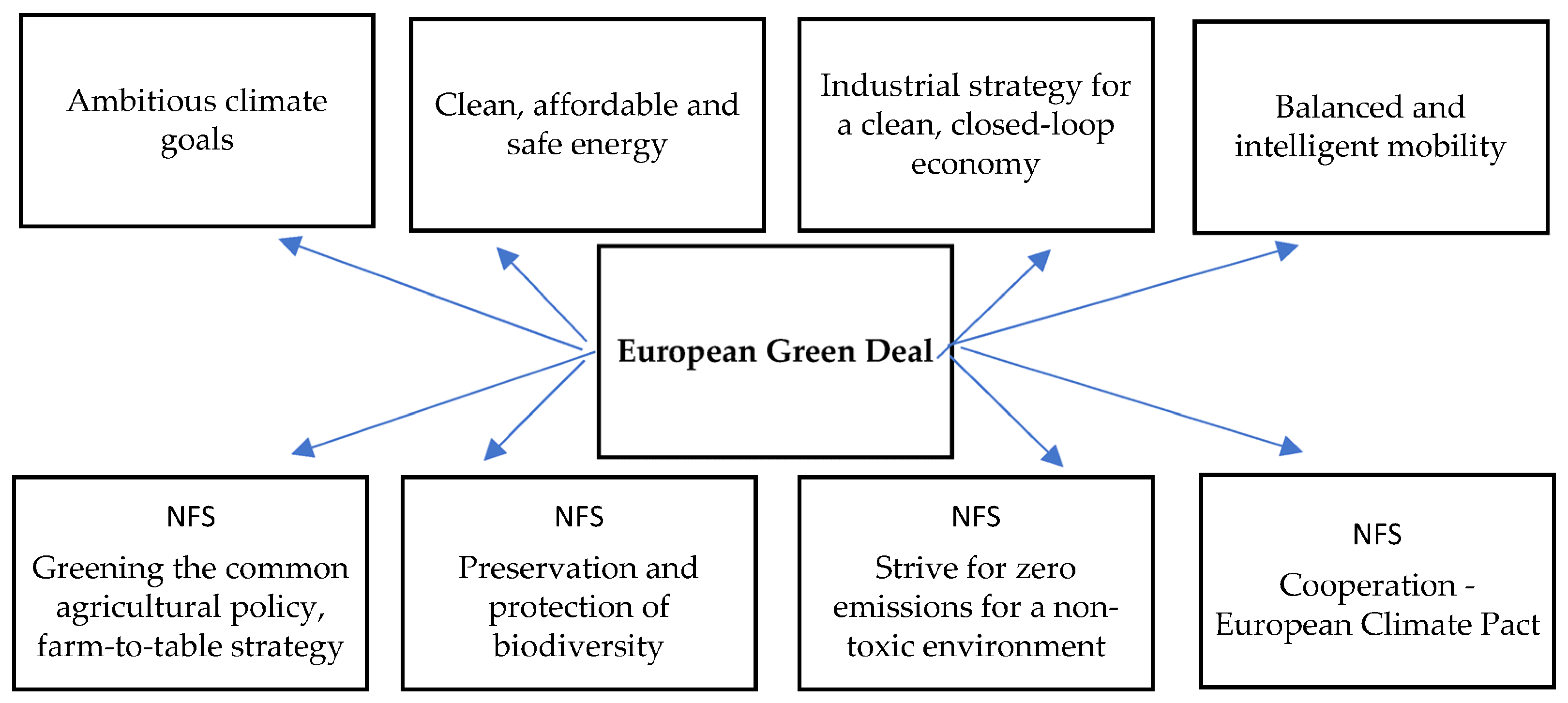
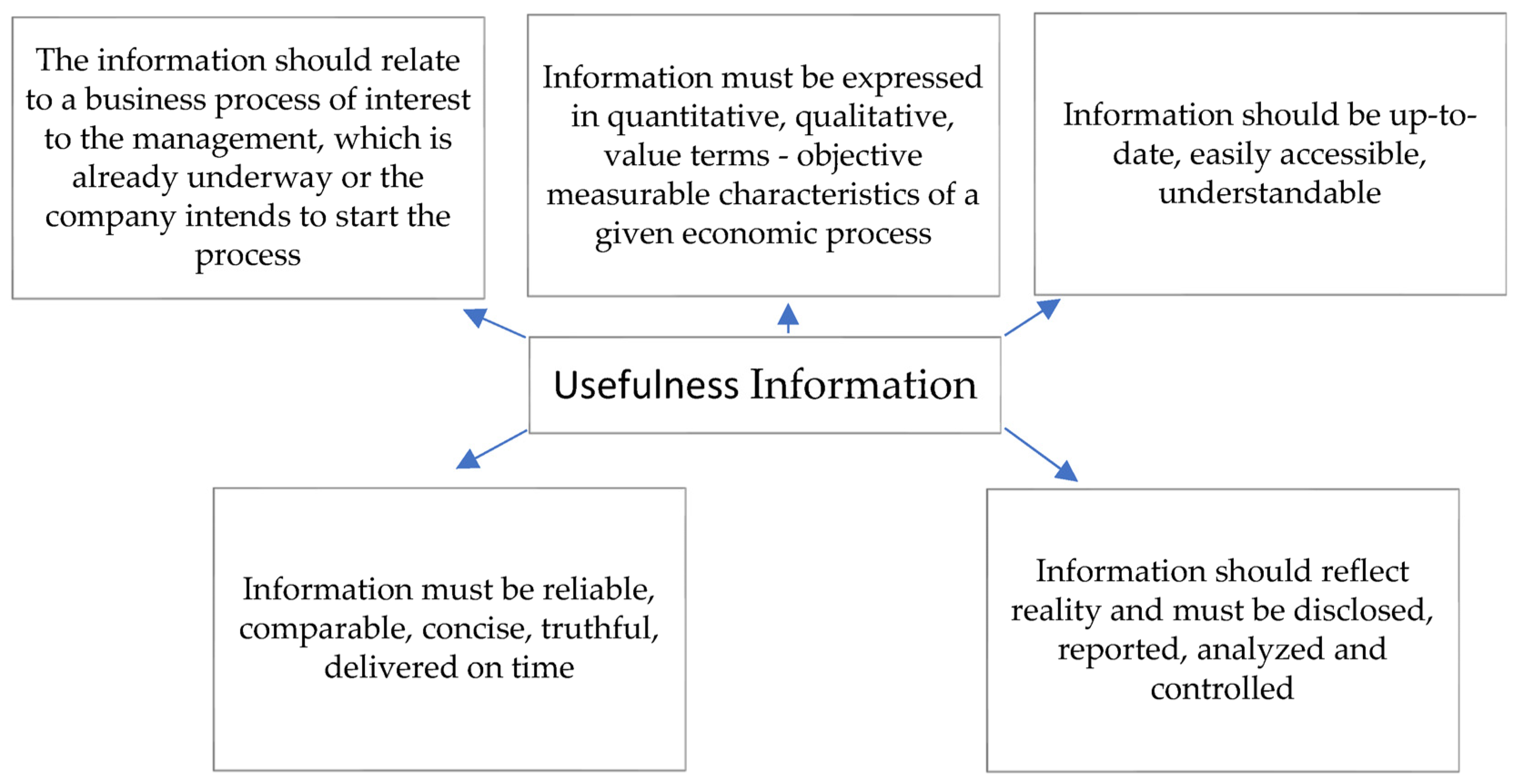
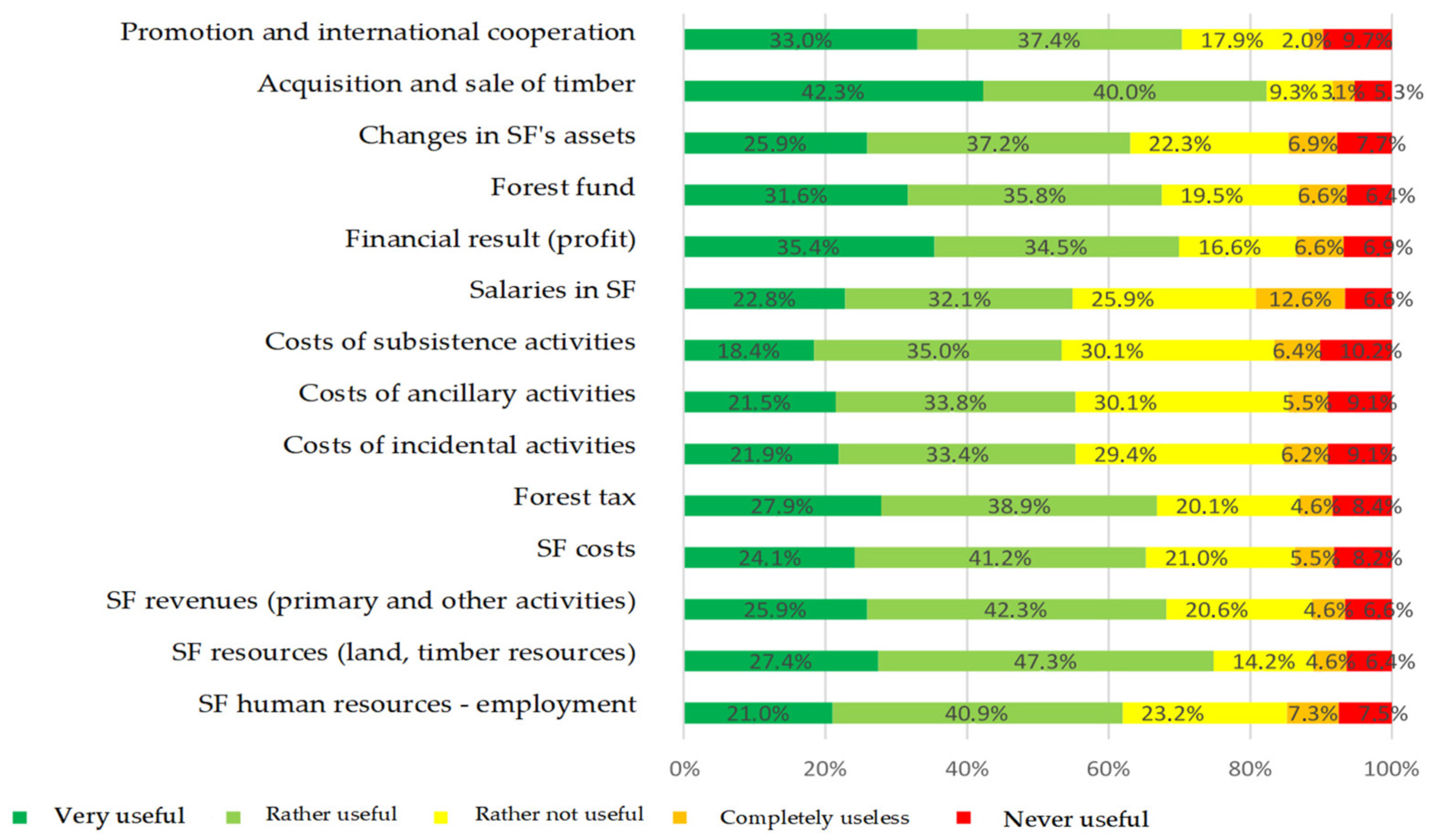
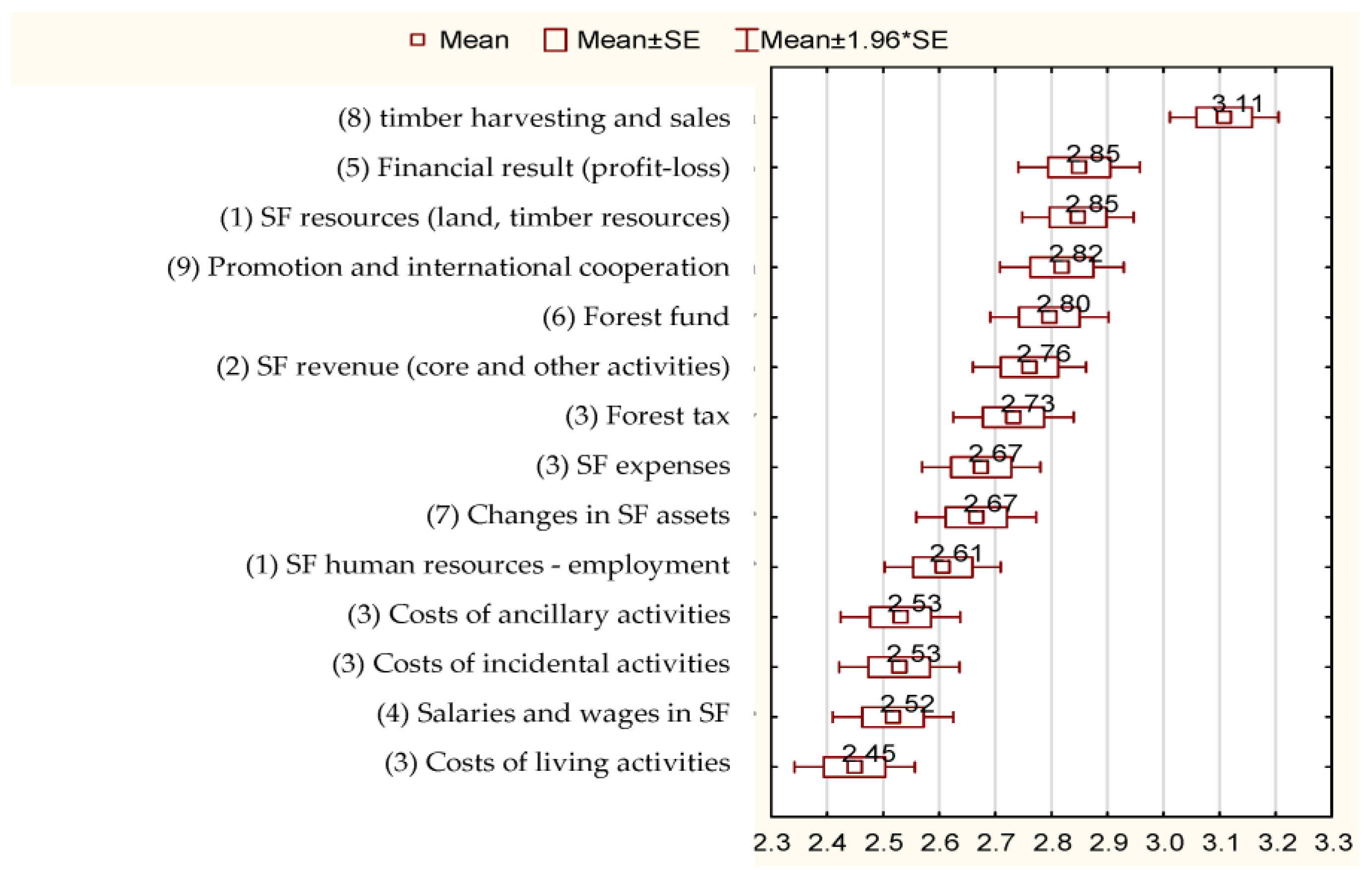
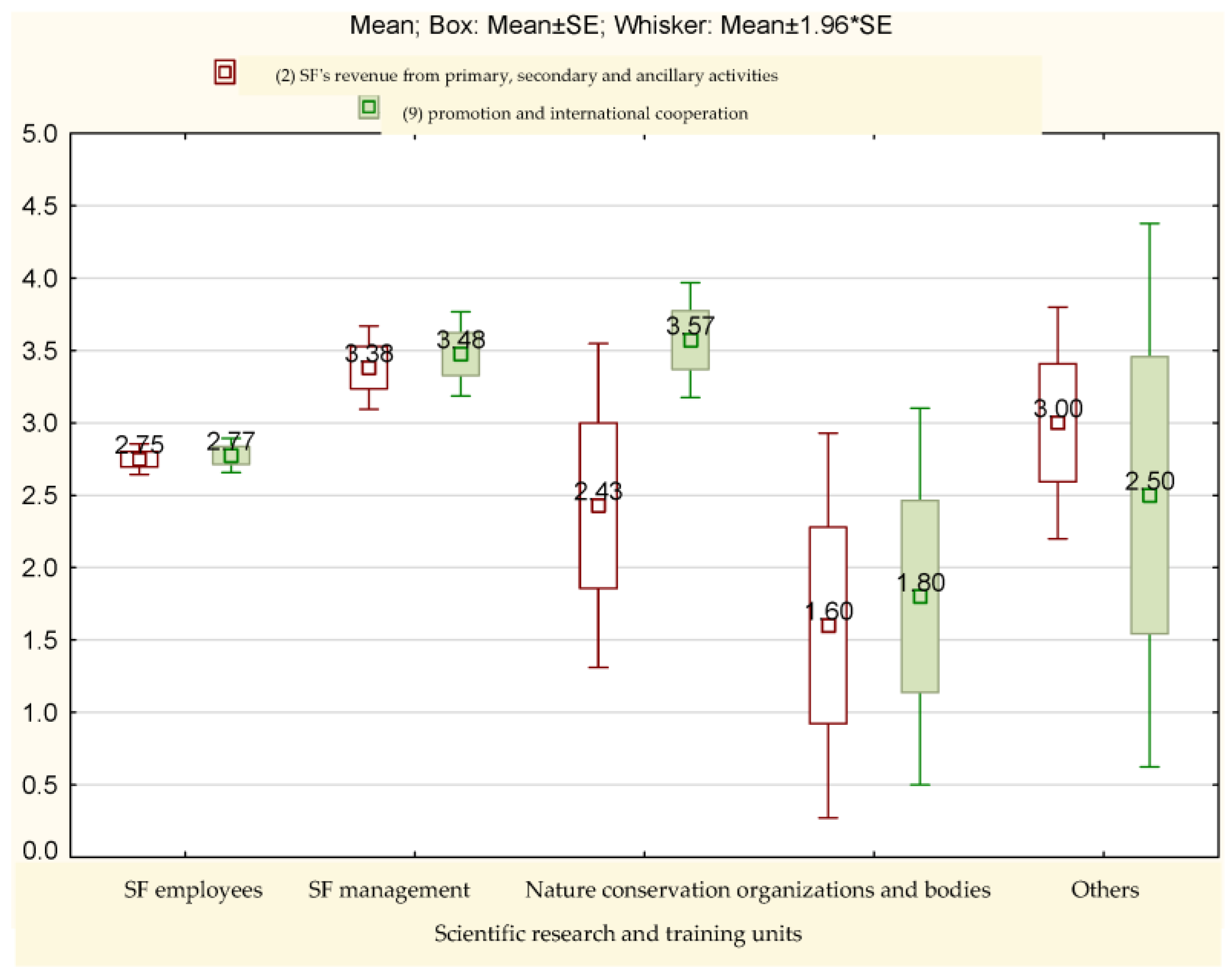
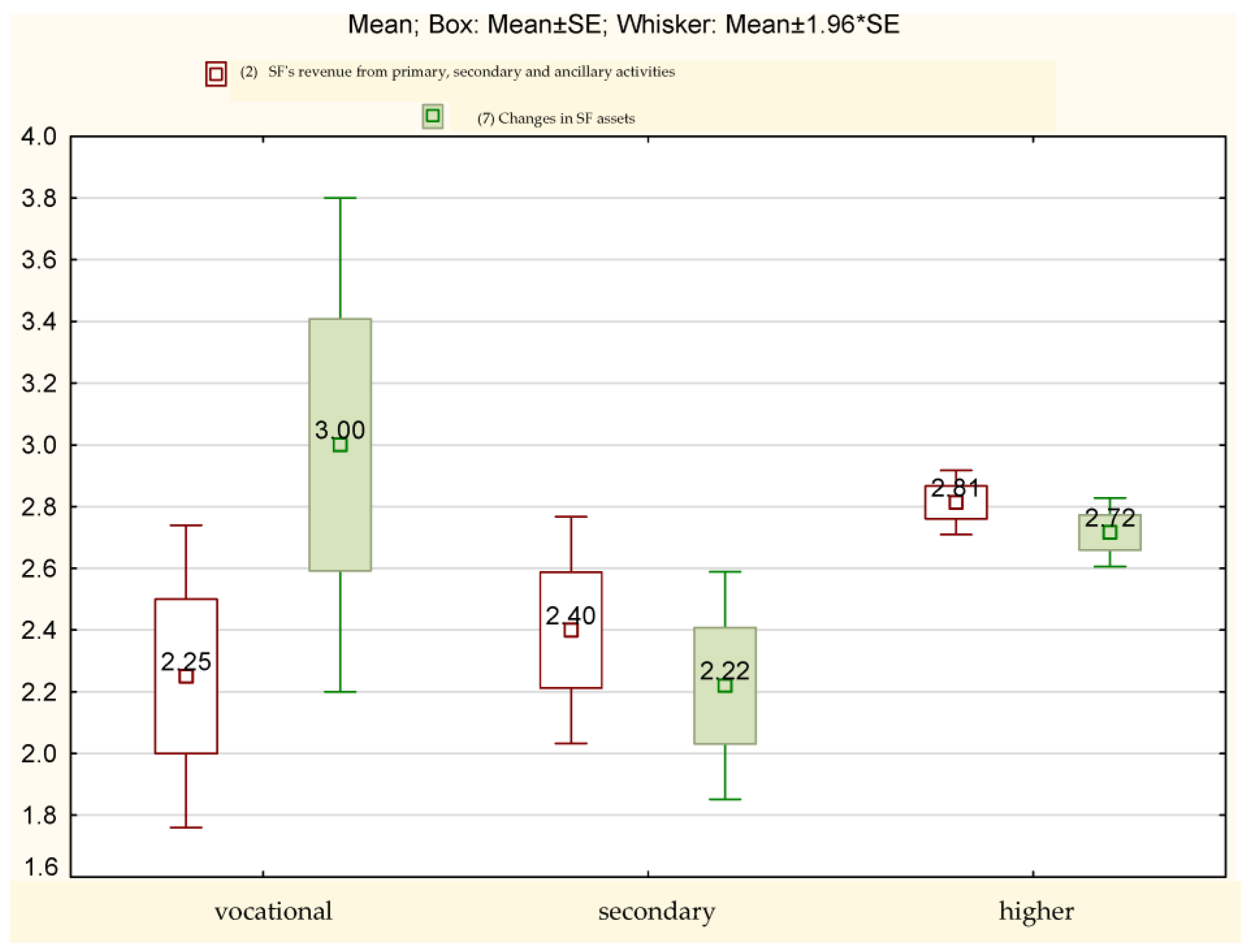
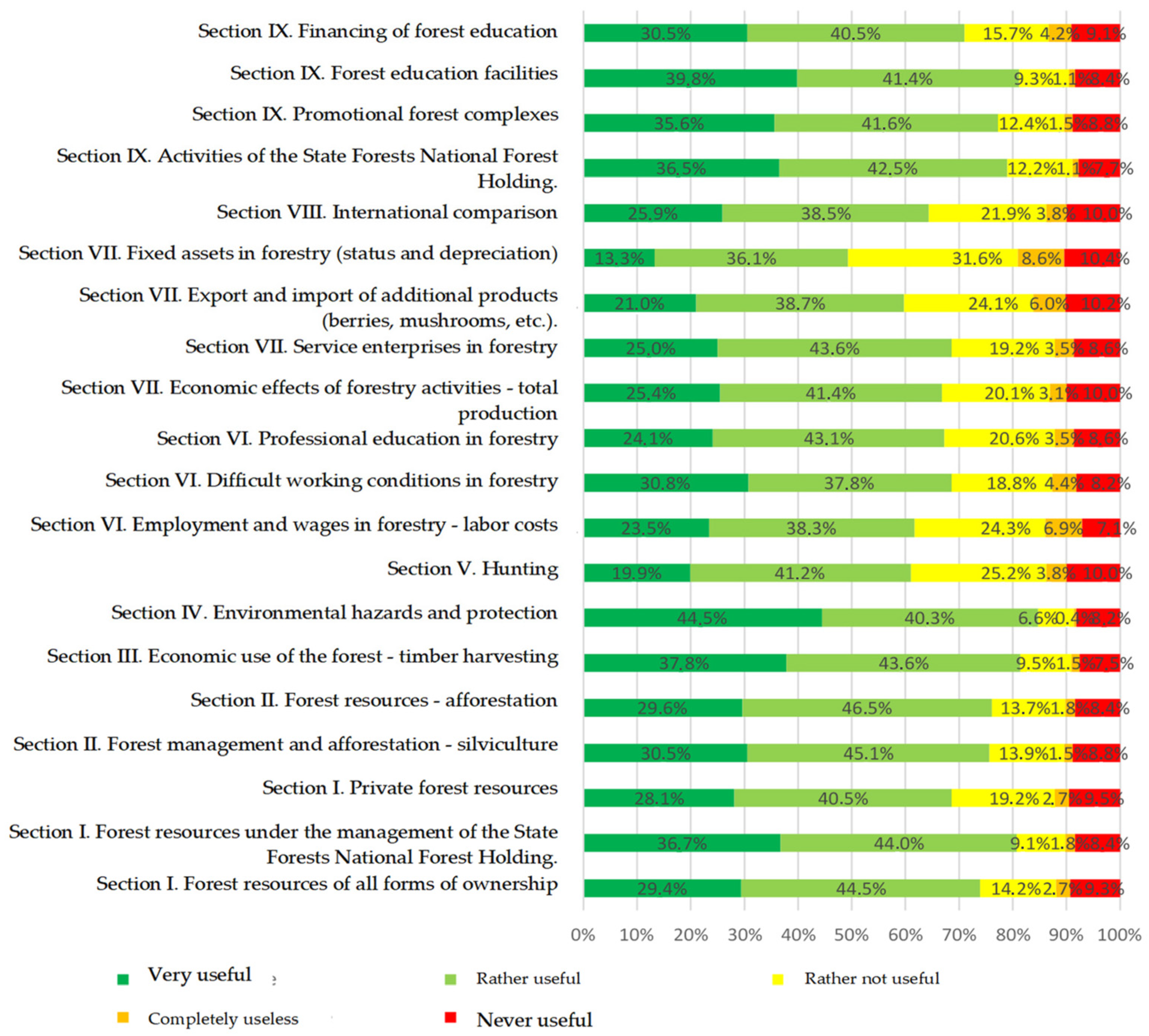

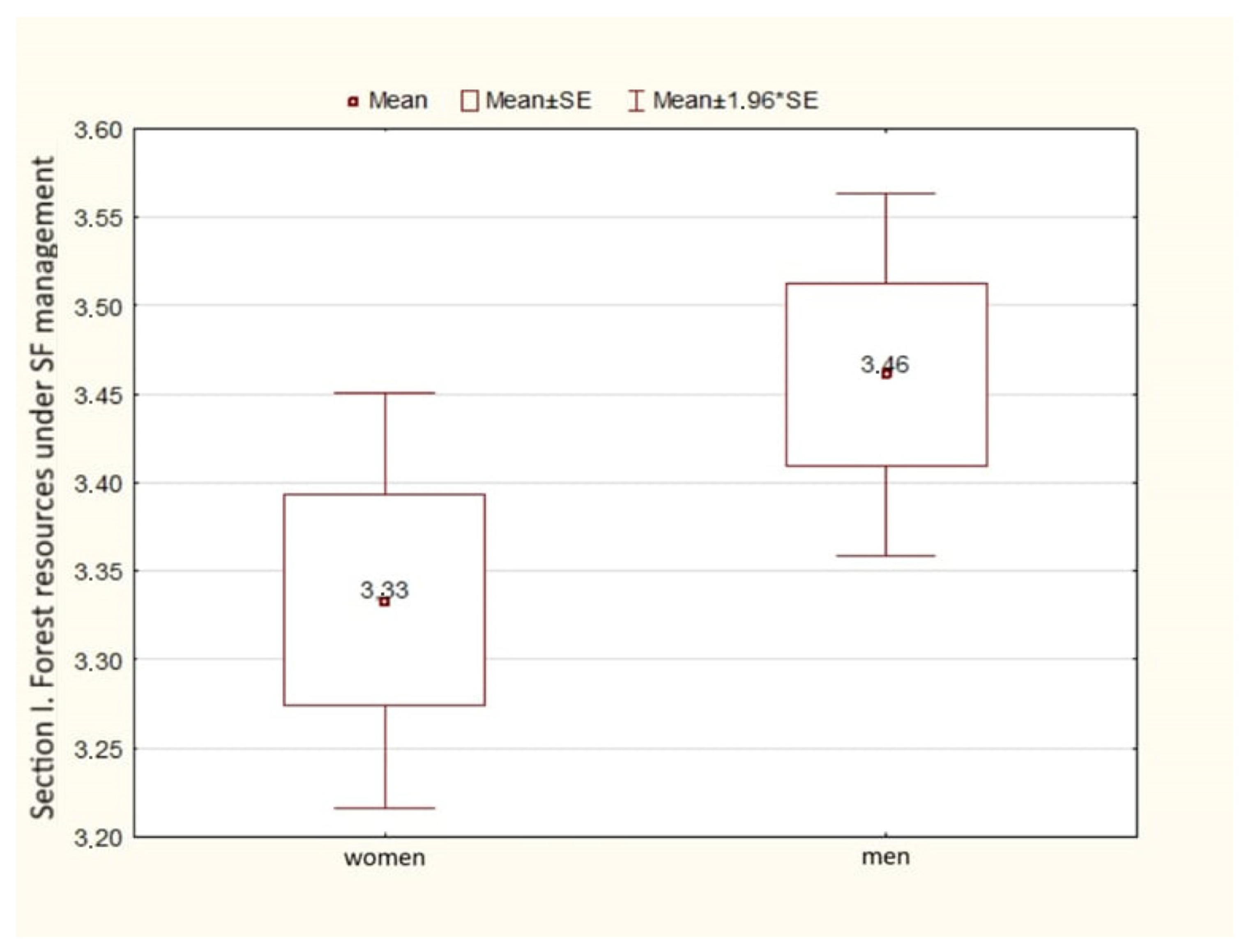
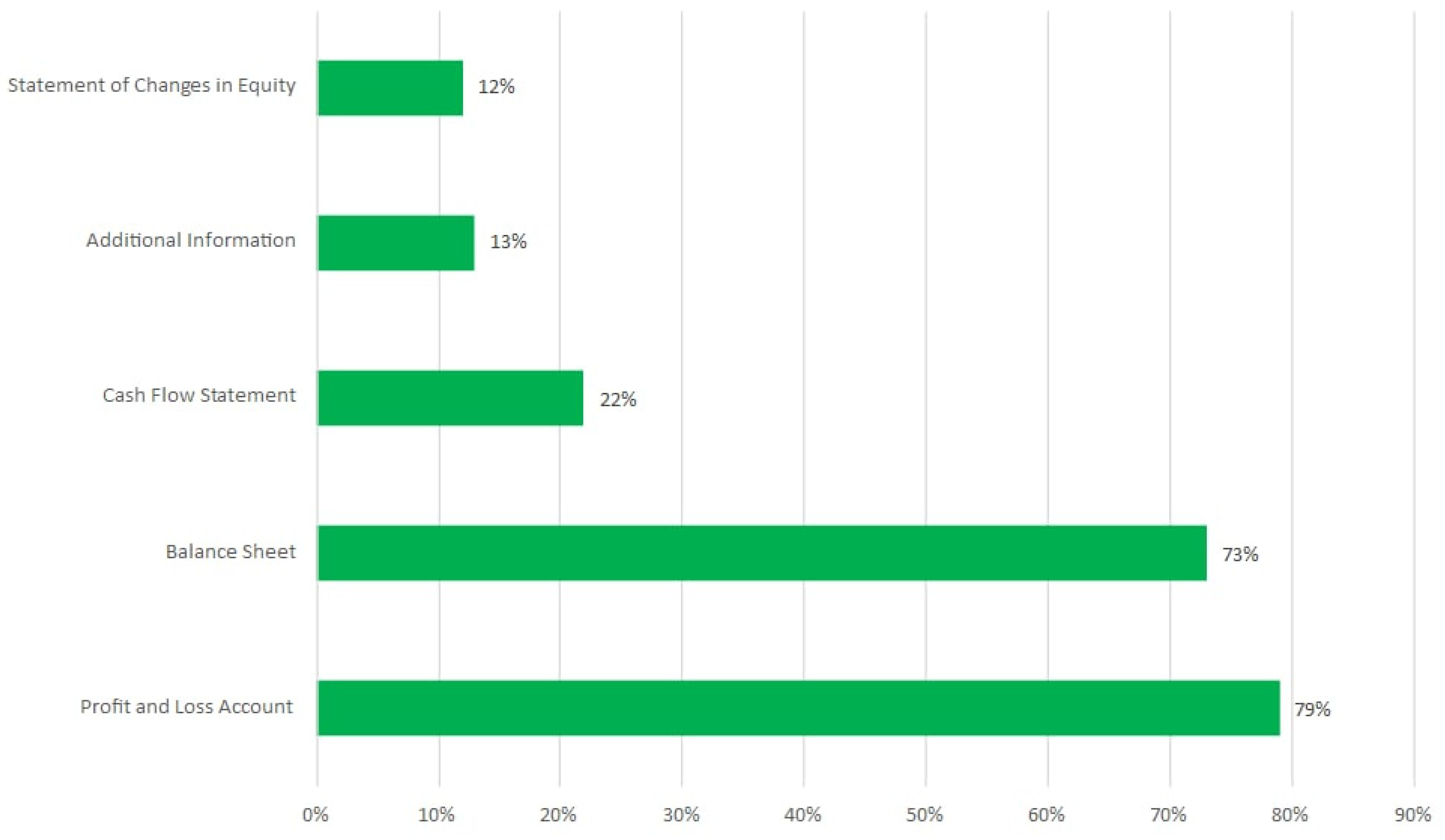

| No. | EGD Actions and Initiatives | Sustainable Development Goals in the 2030 Forestry Strategy of the State Forests in Poland | Examples of Actions in the State Forests |
|---|---|---|---|
| 1. | Ambitious Climate Goals | Goal 13. Take urgent action to combat climate change and its impacts | - Fire protection—an effective monitoring system (684 ground observation points, 7 patrol aircraft, 37 firefighting aircraft, 5 helicopters) - Forecasting hazards based on insect observations - Creating an effective network of small retention reservoirs, effective in combating drought - Restructuring forest stands so that forests are closer to natural conditions and therefore more resistant to pest outbreaks - Protection of soil from degradation - Protection of genetic resources - Forest Carbon Farms |
| 2. | Clean, Affordable, and Safe Energy | Goal 7. Ensure access to affordable, reliable, sustainable, and modern energy for all | - Thermal modernization of state forest buildings in the SF (over 100 buildings underwent thermal modernization, more than 130 installations with a capacity of 2 MW were established, 37,000 GJ saved annually—equivalent to the annual consumption of over 5000 households) |
| 3. | Industrial Strategy for a Clean, Circular Economy | Goal 6. Ensure availability and sustainable management of water and sanitation for all | - Establishment of 7254 small retention structures, which helped retain 43.6 million m3 of water in forests - H2OLAS in the RDSF units - “Water for the Bees” in the Kluczbork Forest District together with the Local Group Association - “Stobrawa Valley” actions |
| 4. | Sustainable and Smart Mobility | Goal 7. Ensure access to affordable, reliable, sustainable, and modern energy for all | - Electric vehicles |
| 5. | Greening the Common Agricultural Policy, ‘Farm to Fork’ Strategy | Goal 2. End hunger, achieve food security and improved nutrition, and promote sustainable agriculture | - State Forest Fisheries - Slow food workshops, “cauldron over the fire” (“Pot over the Campfire”) - “Gifts of the Forest” - “Game—Tasty and Healthy” |
| 6. | Preservation and Protection of Biodiversity | Goal 15. Protect, restore, and promote sustainable use of terrestrial ecosystems, sustainably manage forests, combat desertification, halt and reverse land degradation, and halt biodiversity loss | - The reintroduction program for capercaillie and black grouse as well as the peregrine falcon and lynx - Protective zones for bird, mammal, reptile, insect, plant, and lichen sanctuaries - Natura 2000 program - Protection program for species such as Breckin’s aspen, common yew, European bison, Polish Konik, hare, osprey, partridge, and the European pond turtle |
| 7. | Striving for Zero Emissions of Pollutants for a Non-Toxic Environment | Goal 3. Ensure healthy lives and promote well-being for all at all ages | - Medicines produced from plants available in forests - Nationwide “Nordic Walking March of the Third-Age University Students” - “Safe Recreation” - “Safe and Healthy in the Forest” - Outdoor sports - Tourism infrastructure |
| 8. | Cooperation—European Climate Pact | Goal 4. Ensure inclusive and equitable quality education and promote lifelong learning opportunities for all Goal 17. Strengthen the means of implementation and revitalize the global partnership for sustainable development | - Wood Basic in the Goleniów Forest District together with IKEA Purchasing Services Poland Sp. z o.o. - “Nature for Generations” in the Sieraków Forest District in cooperation with the Third-Age University Association in Sieraków, the Sieraków Primary School, and the Sieraków Schools Complex - Cooperation with external partners |
| Classification Criterion | General Characteristics/Specification |
|---|---|
| Purpose | - Procedural information: appears in instructions, templates, models - Factual information: contains descriptions of objects, events - Taxonomic information: defines the approach to classification - Normative information: embedded in laws and regulations |
| Time | - Retrospective information - Current information - Prospective information |
| Space | - Micro-level information - Meso-level information - Macro-level information - European information - Global information |
| Evaluation of the Actual State | - Real information: related to concrete objects, phenomena, processes that are considered in three dimensions: material, energetic, and informational - Abstract information: interpretation produced by the mind |
| Function | - Economic–financial information - Non-financial information: social, environmental |
| Decision-Making Process | - Factual information - Potential information |
| Information Needs | - Desired information - Available information - Retrieved information - Information gap |
| Organizational Environment | - Internal information - External information - Organizational information - Economic–managerial information - Psychological–social information - Technical information |
| No. | Elements of Sustainable Development | Functions of a Permanently Sustainable Forestry Economy | Reference to Relevant Information Disclosed in Reporting<br>(Main Areas) |
|---|---|---|---|
| 1. | Natural Environment | Environmental (Ecological) | - Primary activity: (forest protection, forest management, timber harvesting) - Secondary activity: (collection of Christmas trees, saplings) - Project activity: (climate change mitigation—“Forest Carbon Farms”, “Building Thermal Modernization”) - Project activity with EU funds: (“increasing retention capacity”, “restoration of degraded areas”, “species and habitat protection project”) Reporting references: - Section I—Forest Resources - Section II—Forest Management and Afforestation—Cultivation and Forest Protection - Section IV—Threats to and Protection of the Forest Environment - Section V—Hunting - Section VII—Service Enterprises in Forestry - Section IX—List of Forest Districts |
| 2. | Society | Social | - Primary activity: (education) - Project activity: (protection: nature, European bison, osprey, black grouse; “healthy food”) - Promotion and international cooperation Reporting references: - Section VI—Employment and Wages in Forestry—Workers—Labor Costs - Section VI—Working Conditions (hazardous conditions, accidents) - Section VI—Forestry and Vocational Education - Section VII—Service Enterprises in Forestry - Section IX—Forest Promotional Complexes - Section IX—Facilities and Forms of Forestry Education |
| 3. | Economy | Economic | - Forest District (SF) Resources: (employment, assets) - Revenues and costs - Wages - Financial result - Forest fund - Primary activity: (timber sales) - Additional activity: (transport, trade) Reporting references: - Section II—Forest Management and Afforestation—Cultivation and Forest Protection - Section III—Economic Utilization of Forests—Timber Harvesting - Section V—Hunting - Section VI—Employment and Wages in Forestry—Workers—Labor Costs - Section VI—Working Conditions (hazardous conditions, accidents) - Section VII—Economic Aspects of Forestry—Global Production - Section VII—Service Enterprises in Forestry - Section VII—Export and Import of Forestry Products - Section VII—Fixed Assets in Forestry - Section VIII—International Comparisons - Section IX—Expenditure on Forestry Education |
| Characteristic | Categories | Number (N) | Percentage [%] |
|---|---|---|---|
| Gender | Women | 183 | 40% |
| Men | 269 | 60% | |
| Education | Vocational secondary | 4 | 1% |
| Secondary | 50 | 12% | |
| Higher | 392 | 87% | |
| Position | SF employees | 399 | 92% |
| SF Directorate | 21 | 5% | |
| Forestry education institutions and research centers | 7 | 2% | |
| Organizations and nature/environment conservation authorities | 5 | 1% | |
| Other | 4 | 1% |
| Characteristic | Variable | p-Value |
|---|---|---|
| Education | SF Revenues | 0.0440 |
| Changes in the State of SF Assets | 0.0496 | |
| Position | SF Revenues | 0.0201 |
| Promotion and International Cooperation | 0.0088 |
Disclaimer/Publisher’s Note: The statements, opinions and data contained in all publications are solely those of the individual author(s) and contributor(s) and not of MDPI and/or the editor(s). MDPI and/or the editor(s) disclaim responsibility for any injury to people or property resulting from any ideas, methods, instructions or products referred to in the content. |
© 2025 by the authors. Licensee MDPI, Basel, Switzerland. This article is an open access article distributed under the terms and conditions of the Creative Commons Attribution (CC BY) license (https://creativecommons.org/licenses/by/4.0/).
Share and Cite
Sadowska, B.; Szczypa, P.; Wieruszewski, M.; Adamowicz, K. The Importance of Information Flow Relevant to Sustainable Forestry and the European Green Deal: The Case of Poland. Sustainability 2025, 17, 3692. https://doi.org/10.3390/su17083692
Sadowska B, Szczypa P, Wieruszewski M, Adamowicz K. The Importance of Information Flow Relevant to Sustainable Forestry and the European Green Deal: The Case of Poland. Sustainability. 2025; 17(8):3692. https://doi.org/10.3390/su17083692
Chicago/Turabian StyleSadowska, Beata, Piotr Szczypa, Marek Wieruszewski, and Krzysztof Adamowicz. 2025. "The Importance of Information Flow Relevant to Sustainable Forestry and the European Green Deal: The Case of Poland" Sustainability 17, no. 8: 3692. https://doi.org/10.3390/su17083692
APA StyleSadowska, B., Szczypa, P., Wieruszewski, M., & Adamowicz, K. (2025). The Importance of Information Flow Relevant to Sustainable Forestry and the European Green Deal: The Case of Poland. Sustainability, 17(8), 3692. https://doi.org/10.3390/su17083692








